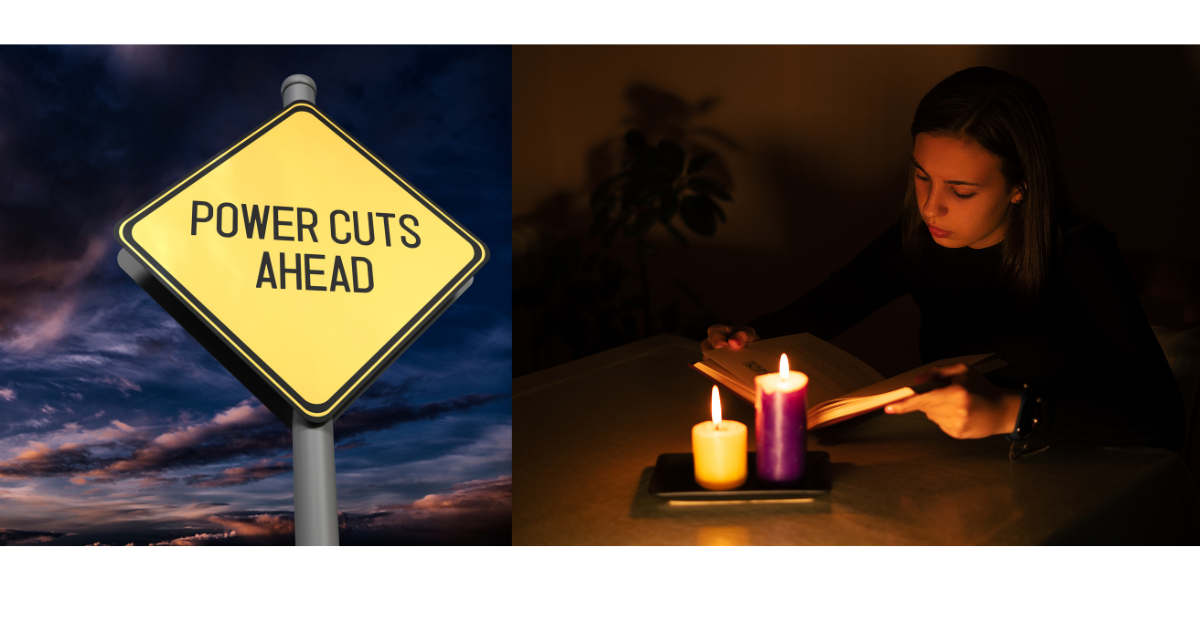South Africans living in darkness
August 18
South Africans have had over forty-six days of load shedding since the beginning of the year. Eskom SOC Holdings, a South African utility company that has been struggling to meet electricity demand, has implemented load shedding to ensure equal power distribution across the country. Ela Meiring, an 18-year-old Commonwealth Correspondent from South Africa, said the load shedding has left South Africans in darkness for more than nine hours per day.
It is hard to believe, but not long ago Eskom was a successful enterprise that generated half of Africa’s electricity. In 2001, Eskom even won a prize in New York as the global electricity supplier for that year. So how did things go wrong so fast?
Load shedding was implemented in South Africa in late 2007 after corruption wormed its way into Eskom. This corruption led to the mismanagement of funds and hindered the maintenance of existing and the building of new power plants. This, coupled with South Africa’s growing population, caused electricity demand to exceed the supply. Load shedding, a deliberate shutdown of electric power to specific areas to protect the power system from a total blackout, was the solution.
Now, in 2022 South Africans are still struggling with load shedding for multiple reasons.
In July, the Eskom workers took industrial action over a wage dispute. The workers’ strike was illegal as they’re essential in supplying South Africans with electricity. Some politicians called their industrial action an act of terrorism. The wage dispute has since been resolved however other factors continue to impact Eskom’s ability to serve South Africans.
Thieves are also contributing to the problem. They have stolen tonnes of coal needed to generate electricity and have been reselling it on the international market for large profits. There is also widespread cable theft resulting in Eskom losing R2 billion annually.
Load shedding not only leaves South Africans in the dark; it is also damaging the already frail economy. This controlled blackout cost South Africa over R4 Billion a day. Some businesses have closed their doors during load shedding resulting in a loss of profit. Others have purchased a generator which seems to be a viable option however, petrol and diesel prices are also climbing. Solar energy is another option, but installation is expensive, which means small businesses may have to close their doors permanently.
South Africans are sitting at the edge of their seats, waiting for what will come. Some citizens have cited load shedding as a reason to migrate, while others make light of the situation through memes. For example, some citizens say that if Eskom gets to Stage 8 load shedding, the company will remove the sun. Luckily this isn’t possible; however, stage 8 load shedding- 12 hours without electricity, would indeed feel like it.
If the politicians themselves experienced load shedding, they would pull up their socks, but until that day comes, we ordinary South Africans will continue to live in the dark.
Photo Credit: Canva
About Ela Meiring: I’ve always loved writing, my best exam grades always came from essay writing. I also love children and want to give them the best start in life. Because of this, I am currently studying for my Bachelor’s degree in Foundation Phase Education at STADIO. I enjoy challenges and recently wrote an essay for the Queen’s Commonwealth Essay Competition for which I won a silver award.






